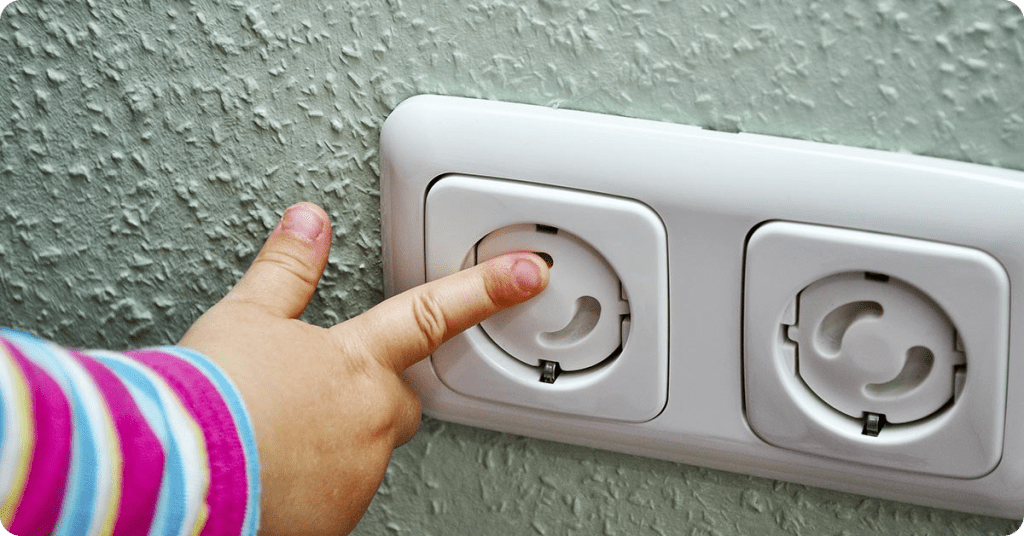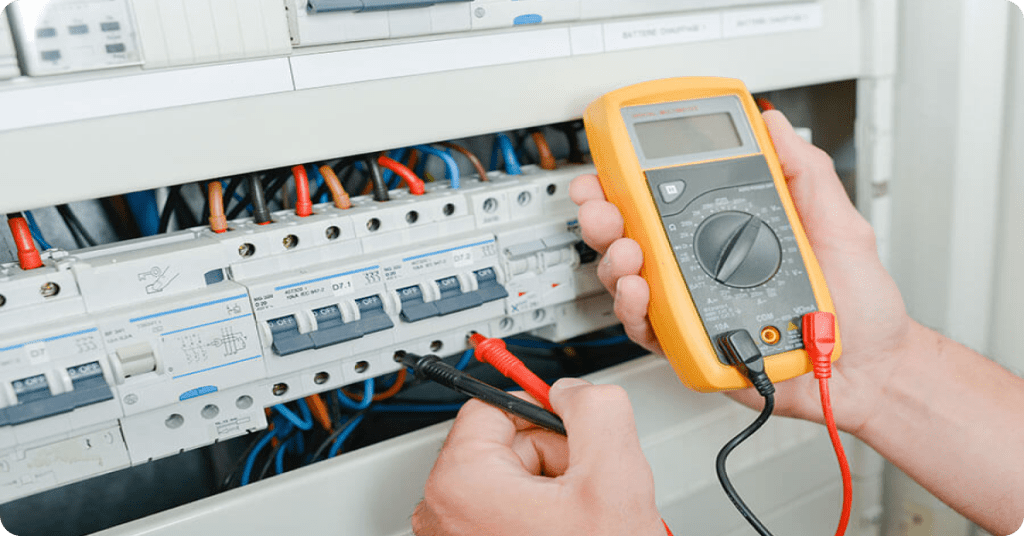Tamper Resistant Outlets
One of the best new required devices, tamper resistant receptacles are changing the game in terms of safety. I field lots of questions regarding what they are, how they work, and where they’re required. Quick disclaimer, many people refer to these devices as “outlets” which is why I named the article as such but really in proper electric speak we’re discussing receptacles. As a quick informational note, an “electrical outlet” in national electric code speak is only a hole in a wall where an electrical wire comes through. So lets stick to calling them receptacles, the things that you plug appliances in to. Let’s dive in.
Safety First
If you’re a new parent and are tired of constantly removing those baby proof safety plugs from your receptacles, Tamper Resistant electrical receptacles (or “tamper resistant outlets” as many people call them) will change the game for you. I am a master electrician and deal with electrical outlets all day, every day. As a parent I know just how curious children, toddlers, and even babies can get. They see us plugging and unplugging devices in to receptacle outlets all the time and they want to get in on the action. Instead of plugging an appliance in, children tend to reach for paper clips, screwdrivers, keys, and just about anything else we can imagine will fit in to the opening of a regular outlet receptacle.
NEC statistics from 2005 indicated that 89% of electrical burn and electrical shock incidents occurred among children aged 6 and under (Byrne.com). As we know, electric shock can lead to electrocution under the right circumstances. Tamper resistant receptacles are changing this statistic in a wonderful way.
What Is A Tamper Resistant Outlet?
A relatively new innovation, tamper resistant receptacles first appeared in the National Electrical Code in 2008 for use in residences in specific locations. In 2011 they became required in hospitality guest rooms and suites. Today (2023) they are a requirement in almost the entire home.
Tamper resistant receptacles have a relatively simple plastic mechanism inside of them that prevents inserting foreign objects into either one of the openings. Keep reading for a dissection of one of these receptacle outlets. This is the safety shutter. In order to plug an appliance in, equal pressure is required in both of the openings in order for the spring loaded shutters to move out of the way. New tamper resistant receptacles are almost indistinguishable from standard receptacles which is great.
Pictured below are two examples of Leviton Tamper Resistant receptacles. The white receptacle is a “decorator” or “decora” style where the brown receptacle is of the “duplex” type.
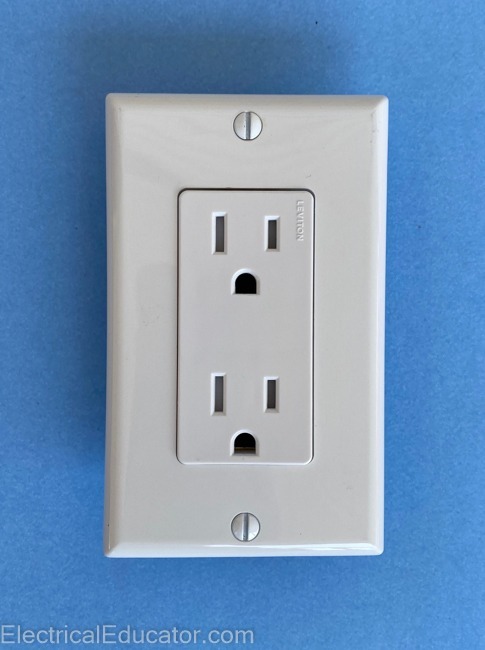
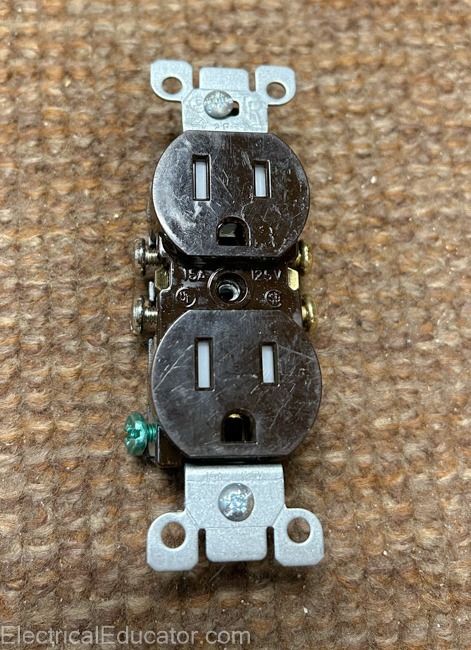
Locations Required By Code
In new residential applications tamper resistant receptacles are a requirement almost everywhere. It’s easier to discuss where the code does NOT require them. Here’s where the code currently says you do NOT need a tamper resistant receptacle:
1. Receptacles higher than 5.5 ft above the floor
2. Receptacles that are part of a fixture or appliance
3. Receptacles for appliances that are not easily moved and fully occupied (both receptacles of a duplex receptacle being used)
4. Nongrounding receptacles used for replacements discussed in 406.4 (we’re not going to discuss this because its not relevant enough)
How Do Tamper Resistant Receptacles Work?
These clever little devices have a safety shutter inside of them, right behind the plastic front. If equal pressure is not applied to the safety shutter from both the left and right opening, the shutter stays in place. When equal pressure is applied the shutter moves backwards and to the side allowing a plug to be inserted.
Let’s look at the internal workings of how the device works. I took apart an old receptacle we had at our shop. The first thing I did was pull the plastic face plate off of this receptacle. If you choose to do a similar dissection, do NOT use the receptacle afterwards and of course never open up a live receptacle.
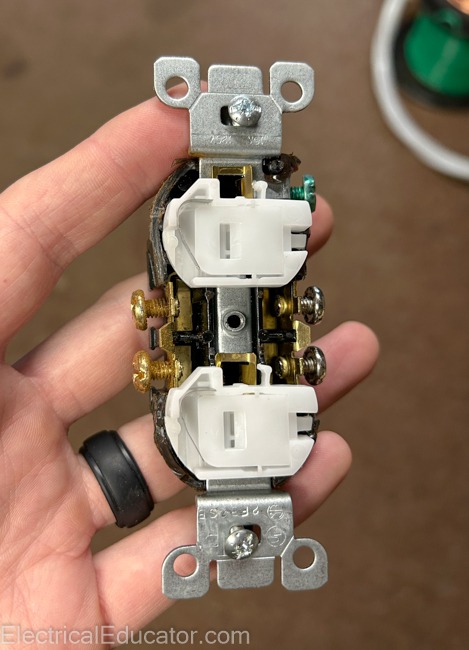
In the picture above you can clearly see the small springs and the plastic shutter restricting access to the live parts of the receptacle. It’s hard to see from the pictures but the way the shutter moves is down and to the left. The magic of needing to insert both prongs at the same time with equal pressure gets the shutter out of the way. If you push on one side along it will not move because it either can not move down or to the left.

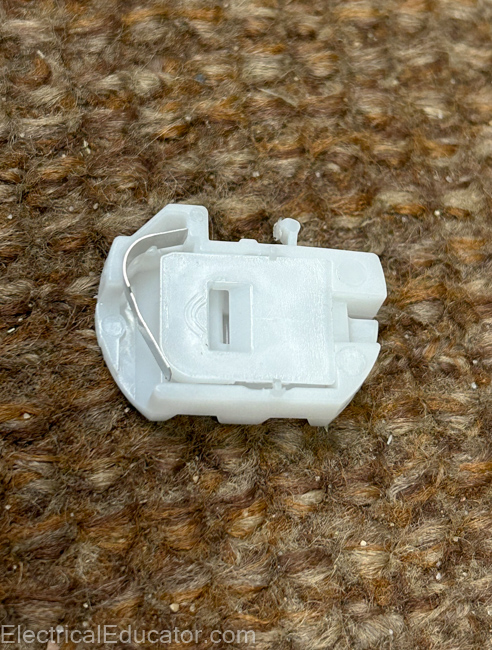
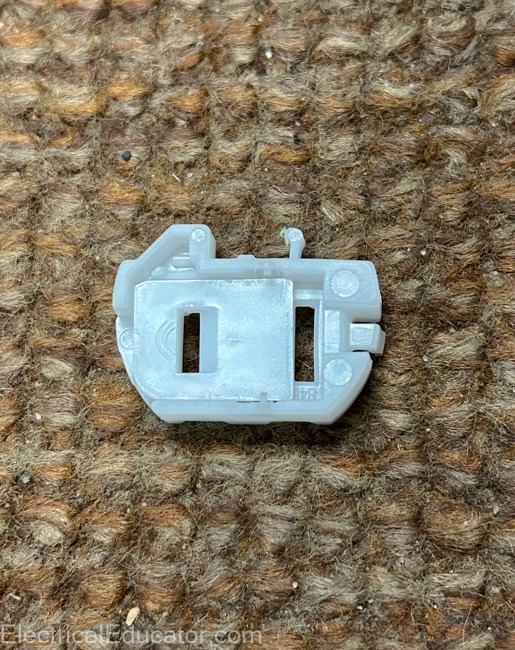
Compare the two pictures above, the picture with the spring still attached has the shutter in the closed position. When we remove the spring (simulating prongs moving the shutter) the shutter depresses and moves to the left. This is how the shutter opens.
Conclusion
Tamper resistant receptacle outlets are a national electric code requirement almost everywhere in a residential home. They are an easy and relatively inexpensive upgrade any qualified electrician can make to your home to keep your children safe and freshen up some old receptacles. Fortunately, along with our educational articles, we have a directory of electricians in your area at National Electrical Registry where you’ll find some of the best companies around. All member companies have their master electrician licenses and insurance individually checked by us.
A Tamper Resistant Outlet features a safety shutter made to resist foreign objects. The focus is keeping children safe from electrical shock.
Yes, practically every receptacle in a house should be tamper resistant according to today’s electrical code.

